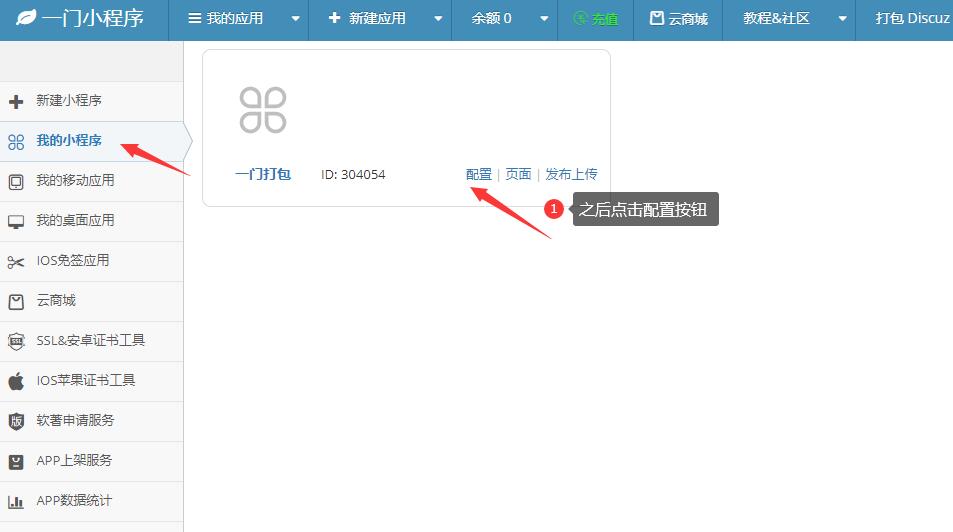Vue是一个基于MVC的前端框架,它通过数据驱动和组件化架构实现了前端开发的高效和灵活性。随着微信小程序的快速发展,越来越多的前端开发者开始接触和使用微信小程序。那么,如何使用Vue来开发微信小程序呢?本文将介绍Vue开发微信小程序的原理和详细步骤。
一、Vue和微信小程序的特点
Vue和微信小程序都有以下特点:
1、数据驱动:Vue通过响应式数据绑定实现数据驱动渲染DOM;微信小程序采用的是数据绑定和事件绑定机制,实现了数据与视图的关联。
2、组件化:Vue将UI元素和业务逻辑相结合,封装为组件化的结构,提高了代码的可复用性和组合性;微信小程序也采用了类似的组件化架构,将UI核心元素和业务逻辑分别封装,提高了开发效率和代码复用性。
3、结构清晰:Vue通过MVC架构实现了代码的分层和聚焦,提高了代码的可读性、可维护性和可扩展性;微信小程序的文件、页面、组件等层次结构也提供了良好的代码组织和管理能力。
二、Vue开发微信小程序的原理
Vue开发微信小程序的原理是通过将Vue的组件化架构映射到微信小程序的组件化架构中,实现数据、逻辑和UI的绑定和交互。
具体来说,开发过程中需要使用Vue-Wechat插件,该插件提供了将Vue组件转换为微信小程序组件的实现方法,即Vue组件和微信小程序组件可以双向转换。通过Vue-Wechat插件,Vue组件的数据、事件、计算属性等可以绑定到小程序的data、事件处理函数、模板中等。
除了Vue-Wechat插件,还需要引入Vue-Compiler插件来编译Vue组件。Vue-Compiler插件可以将Vue组件编译为JS代码,并使用Vue-Wechat插件将代码转换成小程序组件的格式。
三、Vue开发微信小程序的步骤
1、安装Vue-Wechat插件和Vue-Compiler插件,并配置相关设置;
2、创建Vue组件,并在组件中绑定数据、事件、计算属性和生命周期函数等;
3、使用Vue-Compiler插件将Vue组件编译为JS代码;
4、通过Vue-Wechat插件将JS代码转换为微信小程序组件的格式;
5、在小程序中引入Vue组件,并在Page或者Component的配置选项中注册组件;
6、在模板中使用Vue组件,并绑定数据、事件等。
以上是基本步骤,如下是详细步骤:
1、安装Vue-Wechat插件和Vue-Compiler插件,并在项目配置中引入:
```
npm install wechat-miniprogram-webpack-plugin vue-wechat miniapp-renderer
```
```
module.exports = {
plugins: [
new WechatPlugin({
appid: 'xxxxx',
secret: 'yyyyy',
miniprogram: {
appid: 'zzzzz',
path: 'pages/index/index',
envVersion: 'develop'
}
}, {
useVue: true,
compiler: { enable: true, mode: '微信小程序' }
})
]
}
```
2、创建Vue组件:
```
```
3、使用Vue-Compiler插件将Vue组件编译为JS代码:
```
import { compile } from 'vue-template-compiler'
import compilerCreator from 'vue-template-compiler/build/compiler'
function compileVueTemplate(source, options = {}) {
const { resourcePath } = this
const compiled = compile(source, {
source: resourcePath,
...options,
compiler: compilerCreator(options.compiler || {})
})
return compiled
}
export default compileVueTemplate
```
4、通过Vue-Wechat插件将JS代码转换为微信小程序组件的格式:
```
import { Compilation } from 'webpack'
import chalk from 'chalk'
import VueCompiler from 'vue-template-compiler'
import VueWechatPlugin from 'vue-wechat'
class WeappVuePlugin extends VueWechatPlugin {
apply(compiler) {
super.apply(compiler)
compiler.hooks.make.tapPromise('wx-vue-plugin', compilation => {
return new Promise(resolve => {
this.compilationQueue.push({
ctx: {
webpackCompilation: compilation
},
callback: () => resolve()
})
})
})
compiler.hooks.onDone.tap('wx-vue-plugin', stats => {
if (stats.hasErrors()) {
return
}
const weappCompiler = this.createWeappCompiler()
const assets = stats.toJson().assetsByChunkName
Object.keys(assets).forEach(name => {
const files = Array.isArray(assets[name])
? assets[name].filter(file => /\.js(\?.*)?$/.test(file))
: [assets[name]]
files.forEach(file => {
const source = stats.compilation.assets[file].source()
if (/webpack-runtime/.test(file)) {
return
}
if (/^miniapp\/([a-zA-Z_][a-zA-Z0-9_]*\.)(js|wxml|wxss|json)$/.test(file)) {
return
}
let output
try {
output = weappCompiler(file, source, { target: 'wechat' })
} catch (e) {
console.log(`${chalk.bgRed('[error]')} ${file} can not be compiled`)
console.log(e)
throw e
}
stats.compilation.assets[file] = {
source: () => output.code,
size: () => output.code.length
}
})
})
})
}
}
export default WeappVuePlugin
```
5、在小程序中引入Vue组件,并在Page或者Component的配置选项中注册组件:
```
```
6、在模板中使用Vue组件,并绑定数据、事件等:
```
```
总之,通过Vue开发微信小程序的过程需要用到Vue-Wechat插件和Vue-Compiler插件,这些插件可以将Vue组件转换为微信小程序组件。我们只需要按照以上步骤来创建Vue组件并在小程序中使用即可。
















